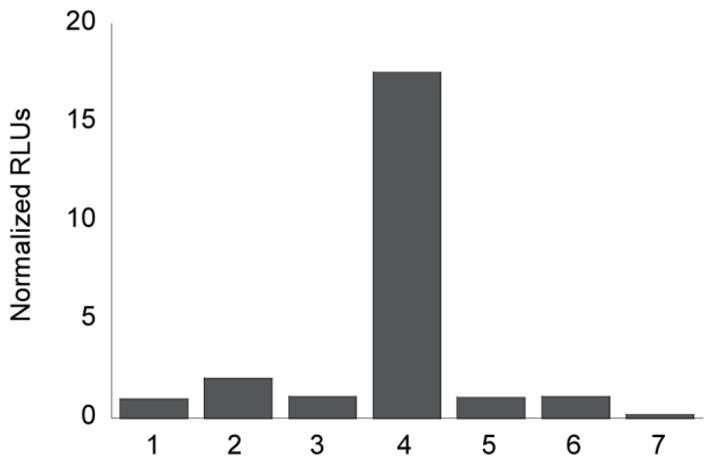Figure 7. Dual detection of H2O2 and Caspase 8 via in situ luciferin formation.

Total bioluminescent signal, integrated over 10 min, from PCL-2 (10 μM) and IETDC (10 μM) alone or incubated with H2O2 (250 μM) and caspase 8 (1 unit) in the presence or absence of catalase (1 unit) and/or Q-VD-OPh (10 μM). From left to right, 1: PCL-2 and IETDC; 2: PCL-2, IETDC, and H2O2; 3: PCL-2, IETDC, and caspase 8; 4: PCL-2, IETDC, H2O2, and caspase 8; 5: PCL-2, IETDC, H2O2, caspase 8, and catalase; 6: PCL-2, IETDC, H2O2, caspase 8, and Q-VD-OPh; 7: PCL-2, IETDC, H2O2, caspase 8, catalase, and Q-VD-OPh. Signals normalized to signal from PCL-2 and IETDC in the absence of H2O2 and caspase 8. To quantify luciferin formation, 100 μg/mL luciferase in 50 mM Tris buffer with 10 mM MgCl2, 0.1 mM ZnCl2, and 2 mM ATP (pH 7.4) was added to the PCL-2/IETDC solutions.
